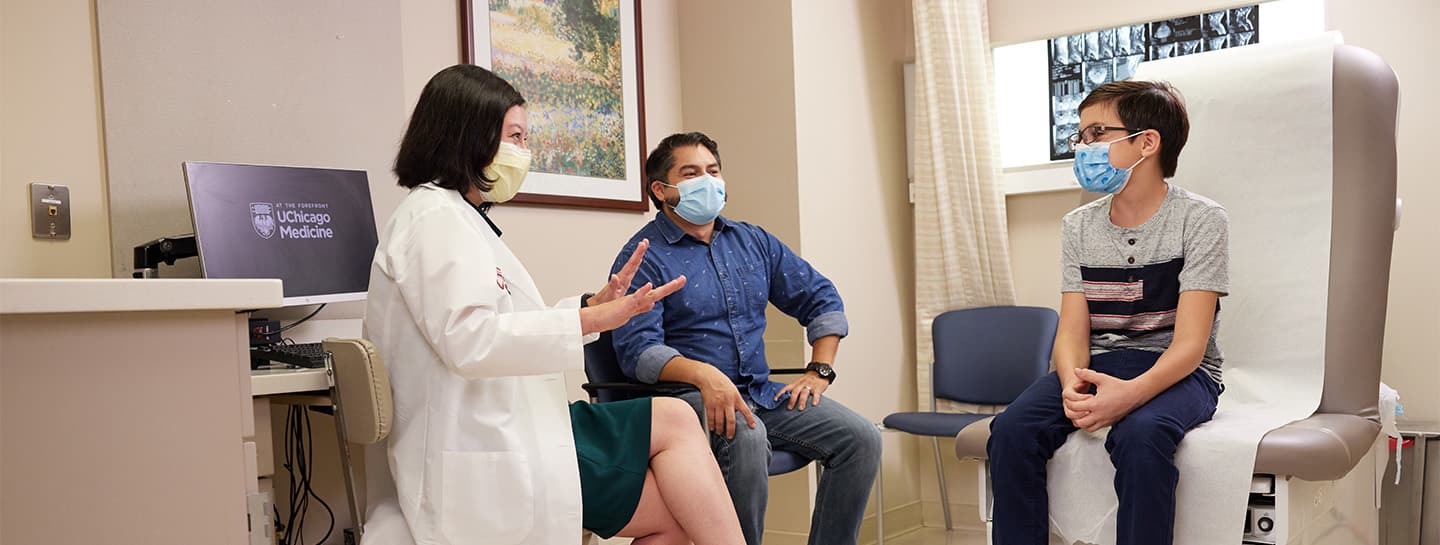Pediatric Orthopaedic Surgery

Bone, Joint & Muscle Care for Children
The pediatric orthopaedic surgeons at University of Chicago Medicine Comer Children’s Hospital offer comprehensive and compassionate care for children with illness or injuries of the bones, joints and muscles. A Level 1 Pediatric Trauma Center, we specialize in treatment for multiple fractures, including complex fractures that affect growth plates in children and teens.
Pediatric Orthopaedic Conditions We Treat
Why Choose UChicago Medicine for Pediatric Orthopaedic Surgery

Advanced Scoliosis Treatment
Our team can treat both mild and progressive scoliosis, including those that lead to disabling spine deformities and heart/lung function. We use bracing for many children, but other offer surgery (bone fusion, bone grafts) for more severe and progressive cases.

Innovative Bone Cancer Care
Our pediatric orthopedic surgeons use surgical techniques to remove cancerous bone and tissues while sparing much of the health bone and tissue. Treatments are tailored to maximize normal growth and long-term limb function.

Pediatric Therapy Services
Our specially trained and certified therapists are an integral part of your child's care team, providing thorough evaluations, offering specialized therapy and giving children the confidence to interact with peers and play with their friends.
